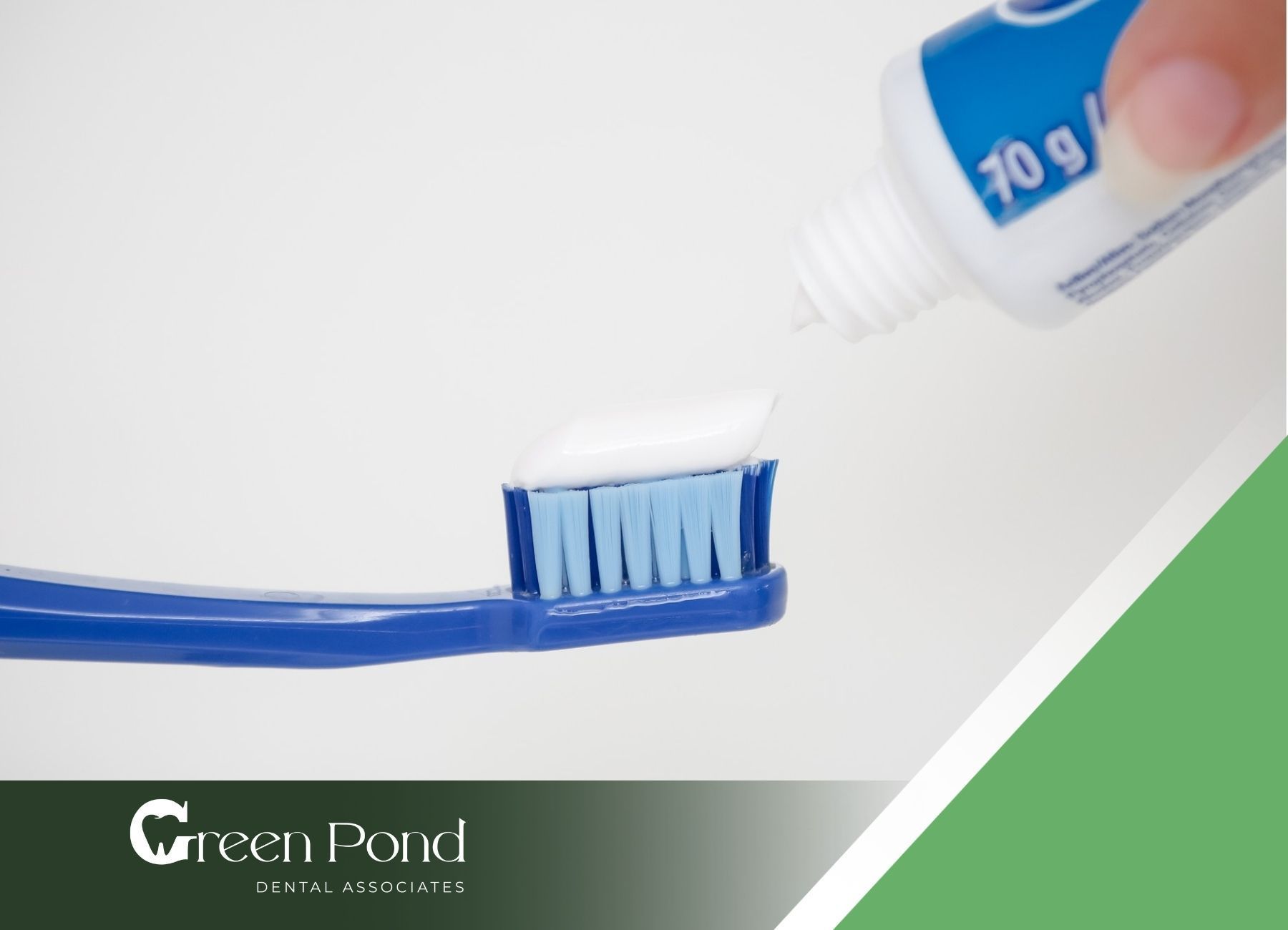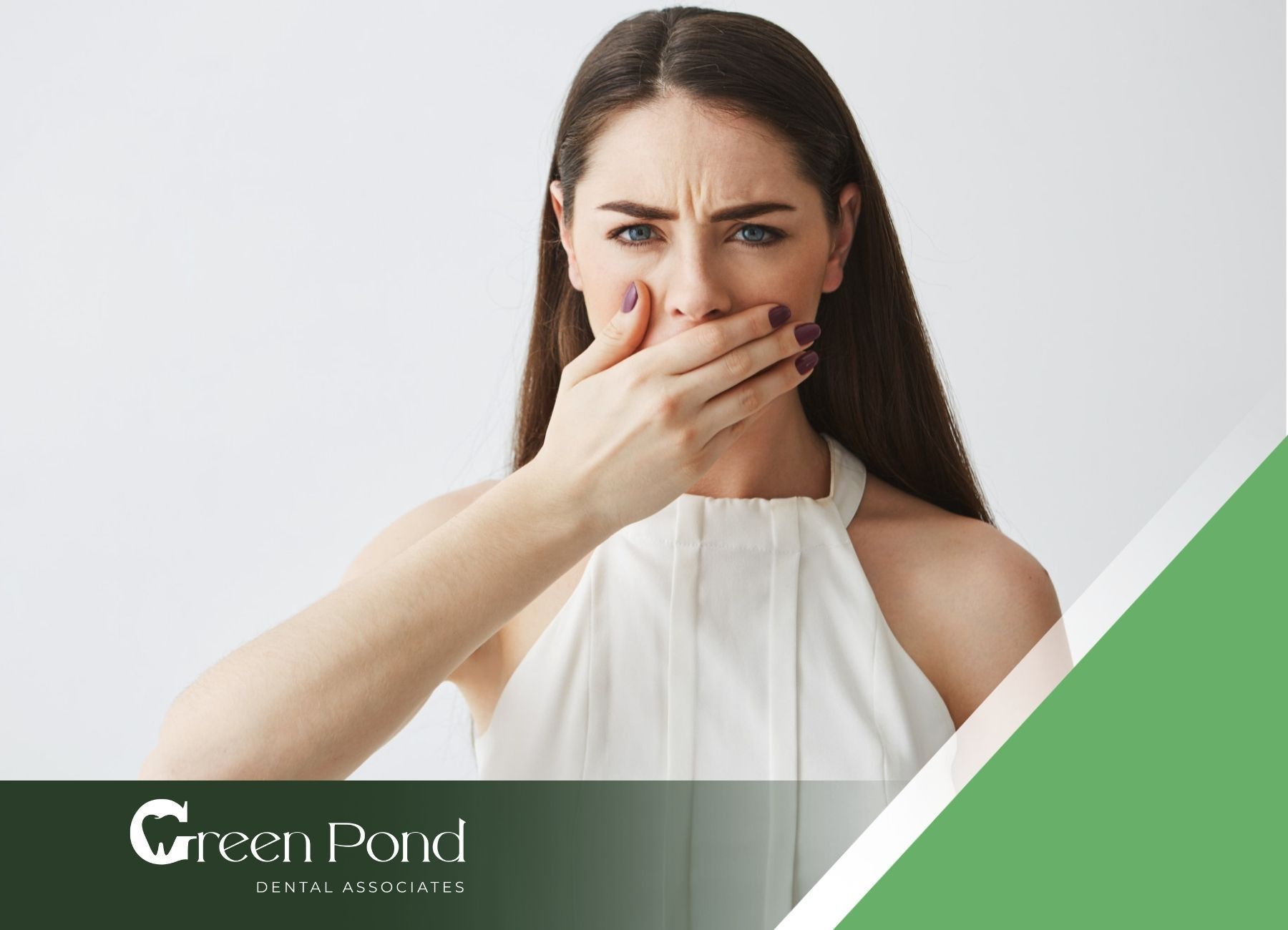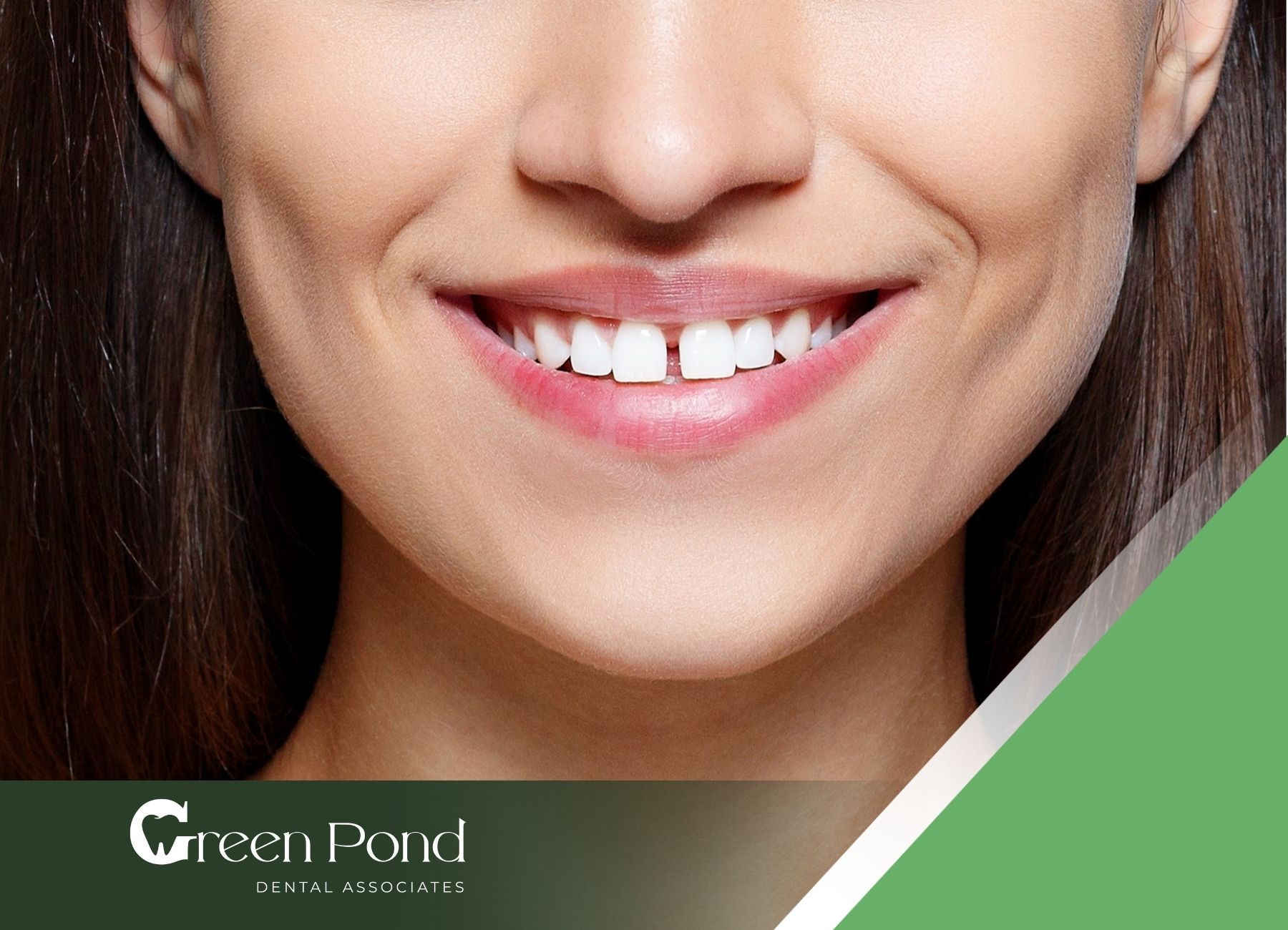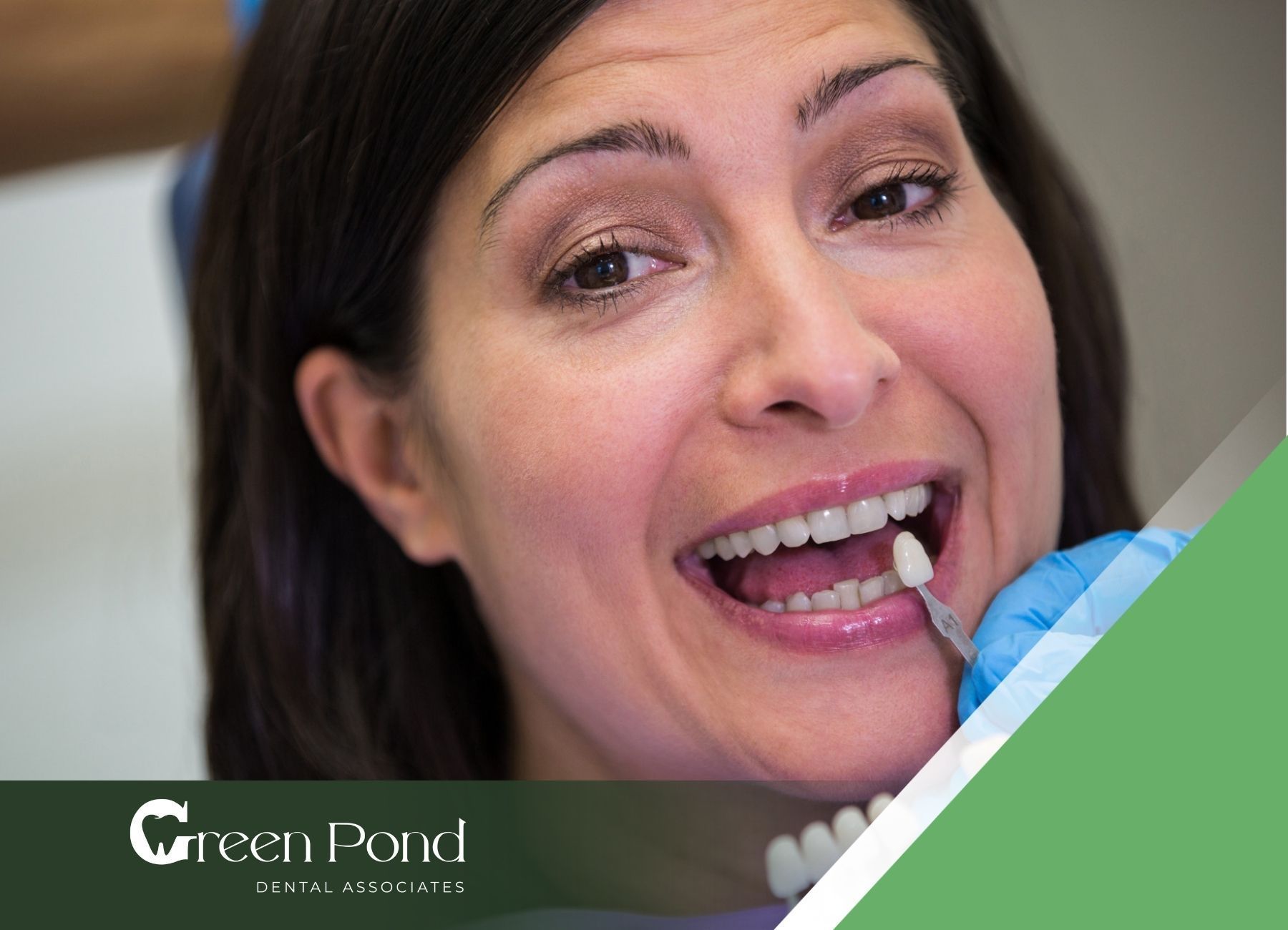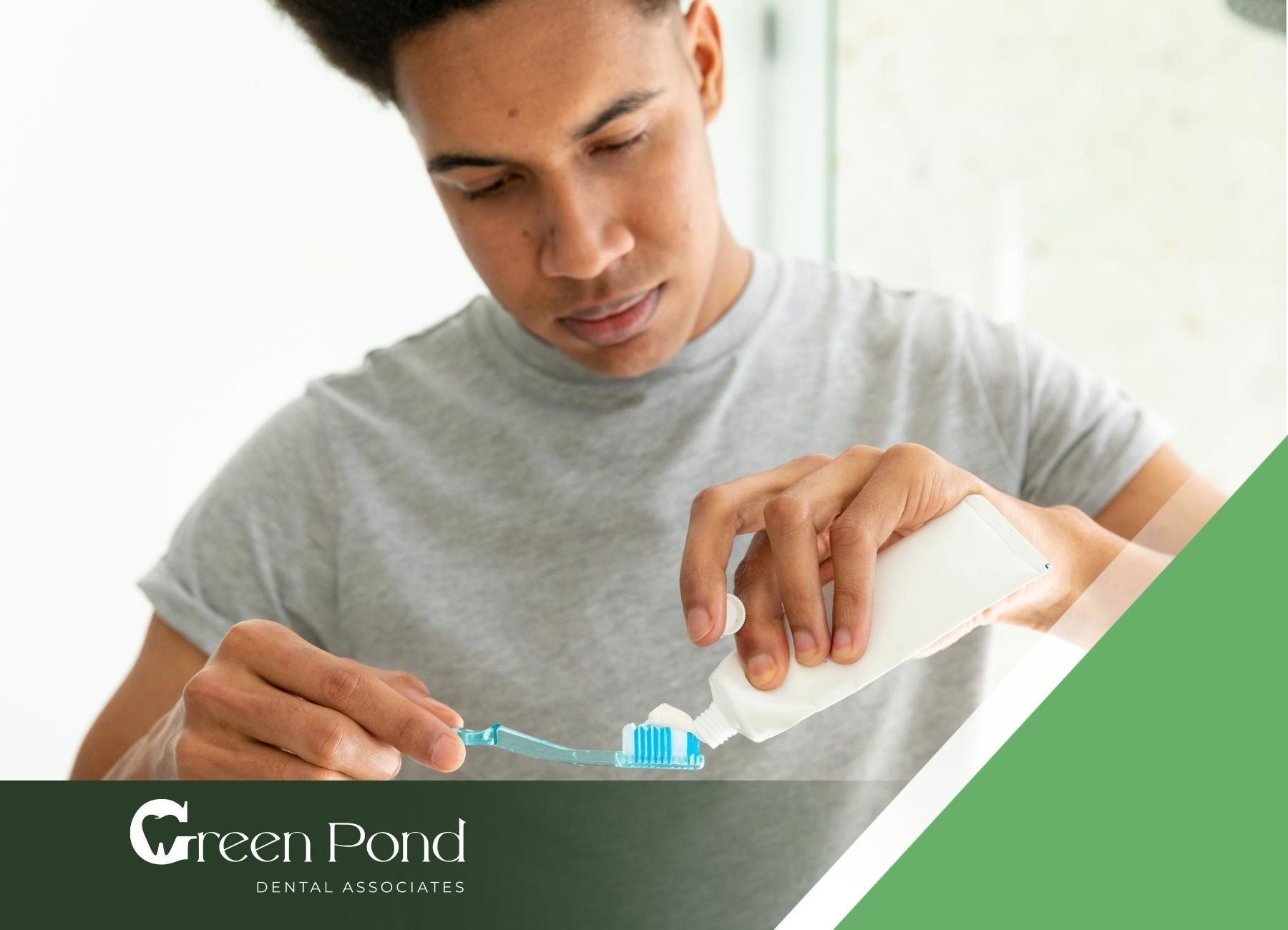Overbrushing Effects: Understanding the Risks of Brushing Too Hard
Brushing your teeth twice a day is an essential part of maintaining good oral health, but when it comes to brushing, more isn’t always better. Overbrushing, or brushing too hard and too often, can actually harm your teeth and gums, leading to several potential dental issues. While a gentle, thorough approach is recommended, using excessive pressure or frequency can damage enamel, irritate gums, and even contribute to receding gums and tooth sensitivity.
In this article, we’ll explore the effects of overbrushing, the signs to watch for, and how to develop a healthy brushing routine to protect your teeth and gums.
Is Overbrushing Really a Problem?
While it’s common to believe that brushing harder or more frequently will lead to cleaner teeth, this misconception can actually cause harm. The enamel on our teeth, though tough, is not indestructible, and the delicate tissues of our gums are particularly sensitive. Over time, aggressive brushing can wear down enamel, expose the tooth's root, and even cause the gums to recede. It’s essential to strike a balance in brushing to avoid these issues and maintain healthy teeth.
What is Overbrushing?
Overbrushing refers to brushing with excessive force, frequency, or both, which can damage the teeth and gums. Ideally, brushing should remove plaque without harming the enamel or soft tissues in the mouth. When too much force is applied or when brushing exceeds the recommended twice-a-day frequency, it can cause abrasions on the tooth surfaces and gum irritation.
Key Characteristics of Overbrushing:
- Brushing more than twice a day: Frequent brushing can wear down the enamel and irritate the gums.
- Using excessive pressure: Pressing too hard with the toothbrush can lead to gum recession and enamel erosion.
- Using a hard-bristled toothbrush: Stiff bristles are more likely to cause abrasions on the enamel and irritate the gums.
The Effects of Overbrushing on Teeth and Gums
The primary effects of overbrushing are damage to the enamel and recession of the gums. Let’s look at these and other effects in more detail:
a. Enamel Erosion
Enamel is the hard, protective layer covering each tooth. Brushing too vigorously can wear down this protective layer, leaving the teeth vulnerable to decay and sensitivity. Enamel erosion is irreversible, and once it wears away, the softer dentin layer underneath is exposed, increasing the risk of cavities and discomfort.
b. Gum Recession
Aggressive brushing can lead to gum recession, a condition where the gum tissue pulls back from the tooth surface, exposing the root. Receding gums can make the teeth look longer and cause sensitivity since the roots are not as protected as the crowns. Gum recession can also increase the risk of periodontal disease.
c. Increased Sensitivity
As enamel wears away or gums recede due to overbrushing, the teeth may become more sensitive to hot, cold, and sweet foods and drinks. This sensitivity can make eating and drinking uncomfortable and may require special treatment to manage.
d. Abrasions on the Tooth Surface
Over time, brushing too hard can lead to small abrasions or grooves on the teeth, especially near the gumline. These abrasions can compromise the structure of the teeth and make them more susceptible to plaque buildup, leading to an increased risk of cavities and decay.
e. Gum Irritation and Inflammation
Excessive brushing can irritate the gums, leading to inflammation, swelling, and tenderness. This inflammation can make oral hygiene even more challenging, as sore gums may bleed and become more sensitive to brushing.
Recognizing the Signs of Overbrushing
Being able to recognize the signs of overbrushing is key to preventing further damage. Here are some indicators that you might be brushing too hard or too frequently:
- Visible recession of the gums: If you notice that your gums are pulling away from your teeth or that your teeth look longer, it could be a sign of gum recession.
- Tooth sensitivity: Increased sensitivity, especially near the gumline, can be a sign of enamel erosion or gum recession due to overbrushing.
- Noticeable grooves near the gumline: These abrasions are often caused by excessive pressure while brushing.
- Bleeding or sore gums: While occasional bleeding can result from gum disease, frequent bleeding from brushing may indicate overbrushing.
If you notice any of these symptoms, it may be worth revisiting your brushing technique and speaking with a dentist to assess any potential damage.
The Right Brushing Technique to Prevent Overbrushing
A gentle yet effective brushing technique is essential to prevent the adverse effects of overbrushing. Here are some tips to ensure your brushing habits are beneficial, not harmful:
a. Use a Soft-Bristled Toothbrush
Opt for a soft-bristled toothbrush, as these are less abrasive and can effectively clean teeth without causing damage to enamel or gums. Hard or medium bristles may feel like they’re doing a better job, but they’re more likely to wear down enamel and irritate the gums.
b. Brush with Light Pressure
Brushing should feel gentle—almost like a light massage for your teeth. If you’re pressing hard enough to bend the bristles against your teeth, you’re likely using too much force. Try holding your toothbrush with just two fingers to reduce the pressure naturally.
c. Hold Your Toothbrush at a 45-Degree Angle
Place your toothbrush at a 45-degree angle to your gums. This angle allows for effective plaque removal along the gumline without directly scrubbing the soft tissue. Move the brush in small, gentle circles rather than back-and-forth motions.
d. Use an Electric Toothbrush
Many electric toothbrushes have pressure sensors that alert you if you’re brushing too hard. Additionally, electric toothbrushes provide consistent motions and often require less manual effort, helping to reduce the likelihood of overbrushing.
e. Limit Brushing to Twice a Day
Brushing once in the morning and once before bed is generally sufficient to maintain good oral hygiene. Brushing more than twice daily can contribute to enamel erosion and gum irritation. Instead of brushing a third time, consider rinsing with water or using mouthwash if you need a refresh.
Alternatives and Tools to Maintain Oral Hygiene Without Overbrushing
In addition to proper brushing, there are other tools and techniques you can incorporate to support oral health without risking the effects of overbrushing:
- Floss Daily: Flossing removes plaque and food particles from between teeth where a toothbrush can’t reach. This helps reduce the need for excessive brushing and minimizes plaque buildup.
- Use a Mouthwash: Mouthwash can freshen your breath and help control plaque, allowing you to keep your mouth clean without additional brushing.
- Chew Sugar-Free Gum: Chewing sugar-free gum after meals stimulates saliva production, which helps wash away food particles and neutralizes acids that can erode enamel.
By incorporating these tools, you can maintain oral hygiene without the need to brush excessively, reducing the risk of enamel erosion and gum damage.
Conclusion: Finding Balance in Your Brushing Routine
While brushing is essential for a healthy smile, overbrushing can do more harm than good. A gentle and consistent brushing routine, combined with other oral hygiene practices, is key to preventing the damage caused by overbrushing.
If you’re concerned about your brushing habits or are experiencing symptoms like sensitivity or gum recession, speak with your dentist. The team at Green Pond Dental Associates is here to help you develop a balanced, effective oral hygiene routine to keep your teeth and gums healthy for life.



